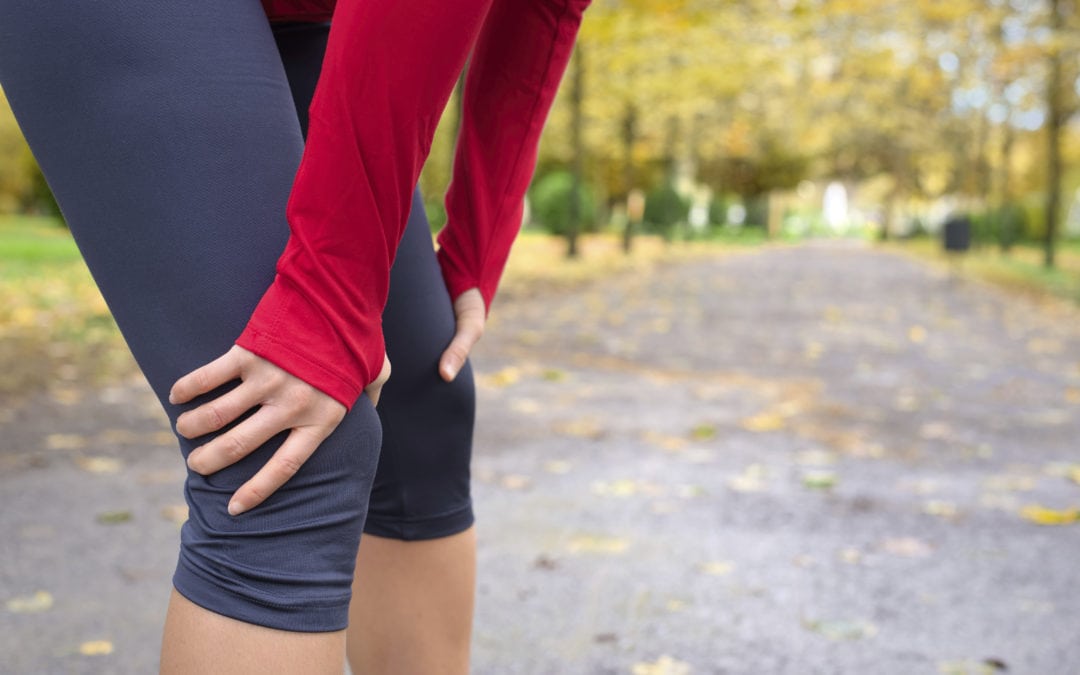If you have an ankle injury and later develop knee pain, are the two connected? Regrettably, many doctors are not trained to think about biomechanics.
There are reasons why so many doctors are clueless about how the body’s musculoskeletal system works. They receive little training in this area in medical school. Specialists in orthopedic surgery and pain management often have been taught to focus on a “pain-generator” approach. Orthopedic surgeons presented with a complaint such as knee pain look for something structurally wrong in the knee. The issue with that method is that just about everyone over 40 with or without knee pain has issues that can be detected on sensitive MRI equipment.
The case of a 37-year-old personal trainer illustrates these problems. The patient had outside knee pain that developed while training for a triathlon. She experienced tenderness and pain at the head of the fibula (the outside small bone of the knee), and her ultrasound showed some early small cysts in that outside meniscus. Everything else was unimpressive. Her orthopedic surgeon told her that if physical therapy didn’t help, she could undergo a diagnostic arthroscopy for a meniscus tear. She sought a second opinion, and the doctor doing that history learned that the patient had rolled her ankle and pulled off a piece of bone, and that injury had been treated by immobilization in a boot for six weeks. This seemed to heal, and her surgeon cleared the ankle as not needing surgery. The patient began the long rehabilitation work to return to competition. It was then that the patient noticed ankle soreness after her runs. After she increased her mileage enough, her knee began to hurt.
Her new doctor realized that applying enough force to the outside ankle ligament to yank off a piece of bone where the ligament attaches also could have trashed that ligament. Sure enough, the main ankle ligament, called the calcaneofibular, was extremely unstable when submitted to an ultrasound stress test. An examination of the patient’s knee found that the ligament that attaches to the top of the same fibula bone also was unstable. When the patient had rolled her ankle, her outside ankle ligaments were stretched, but her knee also translated outward in response, and this injured her outside knee ligament. The walking boot had the effect of protecting her knee so it didn’t hurt much. When she began running again, the unstable outside ankle ligament allowed too much ankle motion, causing pain and swelling after runs. Her outside knee ligament allowed too much motion there, which was aided by the extra forces now coming from a loose fibula bone not well anchored by strong ligaments top and bottom. These things were causing her knee pain. As a result, this personal trainer needed as much attention paid to her ankle as to her knee. She’s now undergoing regenerative ligament injections at both sites.
“ankle sprain knee pain” first appeared as a post on the Regenexx blog.
